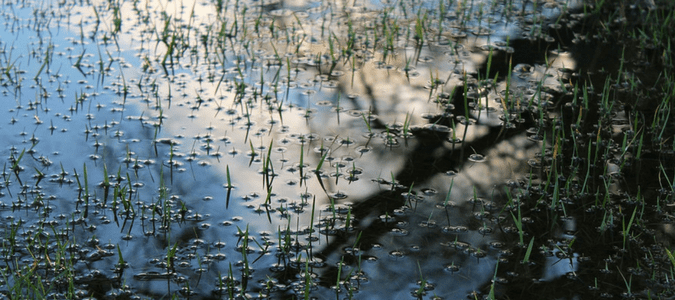
Maybe you traded in your old home for a new one and didn’t notice the issue until after the first hard rain. Perhaps you took up gardening now that you have more time and the extra water you’re using seems to have led to a problem.
Whatever the reason, there are parts of your yard where water just seems to sit. You’re not quite sure why. You definitely don’t like the way it looks and also don’t like the idea of wasting water. You want to avoid having mud tracked into the house by pets or kids. Most importantly, you really don’t want your yard to become a mosquito magnet.
No one wants random, unsightly pools of water marring their yard. Here in the south, it’s an even bigger deal because our warm weather means longer mosquito seasons. Plus, when water won’t drain out of pockets in your yard, you are at a greater risk for erosion and potential damage to your foundation.
Now, pooling water is fairly common after big rainstorms, and you shouldn’t worry about it if the issue only occurs once in a while and resolves itself quickly. However, if it happens regularly, or the water doesn’t drain out after a few days, that’s a problem.
Are there ways to stop it from happening?
Absolutely. Want to know what you can do? Read on!
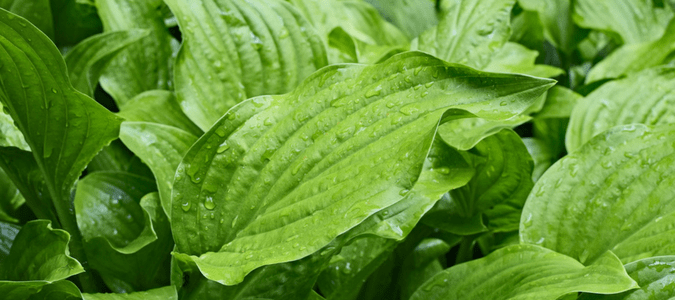
Standing Water In Yard After Rain: What Should You Do?
In dry climates, our yards and pools can have trouble after a heavy or prolonged period of rain. To get rid of standing water and keep it from coming back, you first need to understand what’s causing the problem. Drainage problems in the yard fall into two categories: habit-based or design-based.
Of the two, dealing with a habit-based drainage issue is easier. It essentially means that you’re overwatering or have planted in such a way that it encourages pooling.
How do you know if this is the problem?
There are two basic things to try:
- Water less and see if that solves the issue. If you water manually, just decrease the amount of time or number of days you’re out there with the hose. If you have a sprinkler system, adjust the schedule.
- Check to see if the water seems to pool around your plants. In particular, this often happens when people create a plant bed up against the side of their house and separate it from the yard with stones or something similar. When you do this, you make a water basin and prevent it from draining down into the lawn properly. A simple solution to this issue is to extend your downspout so any rain coming down from the gutter flows out past the plant bed and into the larger lawn.
What if that doesn’t work? Then you’re likely dealing with a design-based problem. Typically, that means one of five things:
Improper Grading
The “grade” of your lawn refers to how it slopes. With proper grading, the land should be highest at the base of your house and slope downward as you get farther out, preferably leading to an alleyway, storm sewer or street.
The Problem
Unfortunately, not all lawns have this ideal grade–especially backyards. Perhaps you’re in a neighborhood where your back lawn is separated from that of another homeowner only by a fence. If both lawns have been graded to slope away from your respective houses, water is more likely to pool at the fence-line. Alternatively, many lawns simply contain (or develop) specific low spots that allow water to build up after it rains.
The Solution
You can re-grade the lawn to correct the overall slope and get rid of any low spots. This isn’t a simple job. You should work with a professional who can conduct a lawn survey and let you know where the drainage outlets, natural channels and low points are.
Thatch Issues
Thatch refers to the organic debris on your lawn that exists between the green vegetation at the top and the surface of the soil below. Thatch can include all kinds of matter, both living and dead: grass clippings, leaves, roots, shoots, stems and so on.
The Problem
For water to drain properly, moisture needs to soak into the ground. If there is a thick layer of thatch covering your lawn, this process can become much more difficult, causing water to pool on top rather than seeping into the soil.
The Solution
De-thatch and aerate. This means you need to get rid of the layer of thatch (you can use a mower, rake, or dethatcher) and then make small holes in the soil about four inches deep and two inches apart.
Soil Problems
How well water soaks into the ground depends on the type of soil you have on your property.
The Problem
If you have soil largely comprised of heavy clay or a compact material, it will naturally be less absorbent, which can lead to drainage issues.
The Solution
Work amendment like manure, leaf mold, and compost into your soil. These materials will break up the harder, less absorbent parts and help you create more channels that water will be able to drain into.
Hardpan
It’s not just the soil that you need to worry about, but also the subsoil–basically, the ground underneath the topsoil, which only goes down a few inches. Hardpan is thick, dense subsoil that is practically impervious, and it can occur naturally or be accidentally created by construction vehicles.
The Problem
Water can’t soak into hardpan, so it will drain down through the first few inches of topsoil, then basically just sit there and build until it comes back up through the topsoil and pools on your lawn.
The Solution
Wait until there’s a long period without rain, then get a shovel and start digging. That’s right. The best way to deal with hardpan is to dig down to it and break it up. If the hardpan is particularly dense, you may need to consult with a professional who has the proper tools to drill through the subsoil to loosen it up.
Water Table Too High
You probably know that the earth is saturated with water deep under the ground. It’s why people create wells. Dig down deep enough in just about any area and you’ll hit ground water. The depth of this groundwater is called the water table–in other words, the level of the water under the ground.
The Problem
In short, the water table is a lot higher in some areas than others. If you live in a place where the water table is close to the surface, drainage can be difficult because there’s just nowhere for the water to go when it rains.
The Solution
Dealing with a water table that’s too high is tough, but there are options available to you. Some people used raised plant beds by adding more soil. Others lower the borders of their lawn, so the water will drain away from the main area. Then there are those who work with the land and grow plants with shallow roots that do better in wet conditions. Other homeowners employ a combination of these approaches.
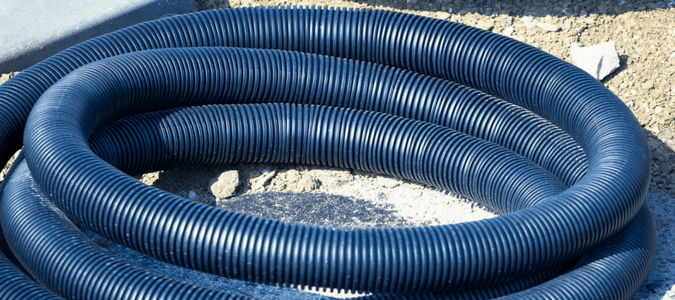
What Is a French Drain and How Does It Work?
If you’ve been looking up ways to deal with standing water in your yard, you’ve probably run across the term “French drain.” Sounds intimidating, right? Wondering what the heck it is? And what exactly it does?
This is one of those situations where the name makes it sound like a much bigger deal than it really is. The simplest way to describe a French drain is that it’s a flexible plastic drain pipe that you can place under your lawn to help channel water away.
Still sound complicated? Here’s how to put in a French drain if you are experiencing drainage issues:
- Identify where you have standing water in your yard.
- Use a shovel to dig a trench in that area that leads to a place where the water can more easily drain.
- Line the trench with pea gravel.
- Purchase a French drain pipe or simply get a plastic, flexible landscape pipe. If you use a general landscape pipe, perforate it with holes and cover it with landscape fabric, leaving both ends of the pipe open to encourage drainage.
- Place the pipe in the dug-out trench, making sure that the trench is deep enough that the top of the pipe does not reach ground level.
- Cover the pipe with dirt and additional pea gravel so it blends in with the rest of your lawn.
Now you have a French drain! It’s a simple way to add very basic “plumbing” to your lawn and alleviate drainage issues in specific areas.
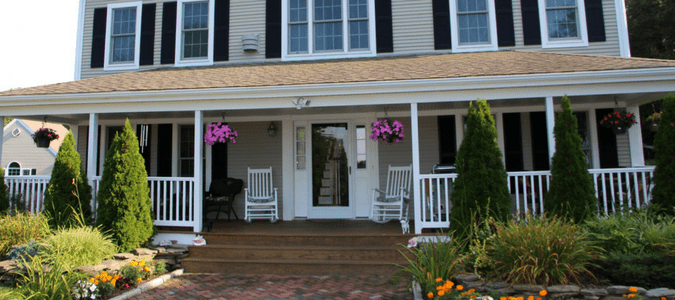
Diverting Water From The Foundation Of Your House
Typically, when people contact a home services company about drainage issues, they’re worried about specific pools of standing water out in the yard. However, there’s another issue that can end up causing far bigger problems–worse, it may be largely invisible in many cases.
What are we talking about? Water encroaching on your home’s foundation. This scenario can be a problem for a number of reasons.
First of all, water near your home’s foundation can cause cracks and remove soil supporting the slab and the footings, which can lead to wall problems. If you have a basement, water can actually seep through the walls and into your home.
Repairing these issues can be quite expensive, and really isn’t something you want to have to deal with.
Fortunately, you have several options to keep water away from your foundation, all of which we already mentioned which can help with other drainage issues you may be experiencing.
Extending Your Downspouts
Gutters can direct most of the water several feet away from the house, thereby alleviating a lot of potential issues.
Adding A French Drain
Many homeowners wrap a French drain all the way around their house so any water that gets close will be channeled away.
Fixing Your Grade
Get a yardstick and some measuring tape. Have someone hold the tape at the level of the ground right next to the bottom edge of where the foundation meets the soil, then spool it out until you’re 10 feet away from the house. Doing your best to keep the measuring tape level with the soil next to the house, stand the yardstick up at the 10-foot mark. Ideally, the yard at this point should be about six inches lower than it is next to the house. If not, you should correct your grade.
Making things even more complicated is the fact that in some areas of Texas, watering your foundation is actually recommended! Bottom line? If you’re concerned, the smartest thing you can do is talk to a professional.
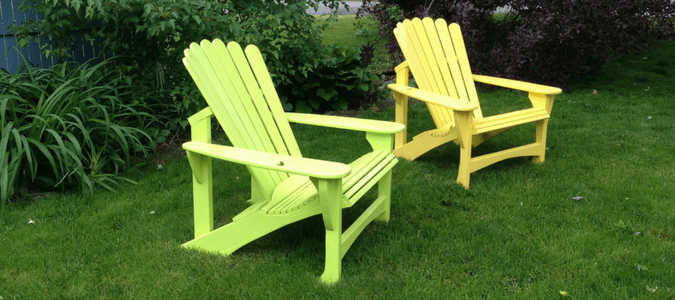
Other Backyard Drainage Problems And Solutions
If we’ve learned anything in the years that we’ve been helping people with their landscape issues, it’s that there are as many specific drainage problems and solutions as there are yards. However, most of them fall into the basic categories already detailed above.
That being said, here are a few more issues–and solutions–we haven’t discussed:
The Sidewalk Dam
Though front yard issues aren’t as prevalent, one problem specific to the front relates to having a sidewalk. If you’ve got one, it’s possible that it could be acting as a dam and preventing water from draining out of your yard. You can solve this issue by:
- Removing or cutting away part of the sidewalk to let water through.
- Piping water underneath.
- Routing water across the yard to an area with better drainage.
Runoff Erosion
We mentioned erosion above, but not in much detail. Erosion commonly occurs near downspouts or pipe openings due to the excessive amount of water. You can solve the issue by:
- Installing a creek bed.
- Using a catch basin.
Another attractive solution to standing water issues that’s becoming more popular is to add a rain garden, which is an area filled with plants that love water.
ABC Can Solve Your Lawn Drainage Issues
If you’re interested in learning more about drainage solutions (or simply feel like these all sound too complicated and exhausting for you to handle on your own), ABC Home & Commercial Services is always happy to help. All you have to do get started is reach out to our office. No matter what your landscape issue or how you want to solve it, we’re here for you.
